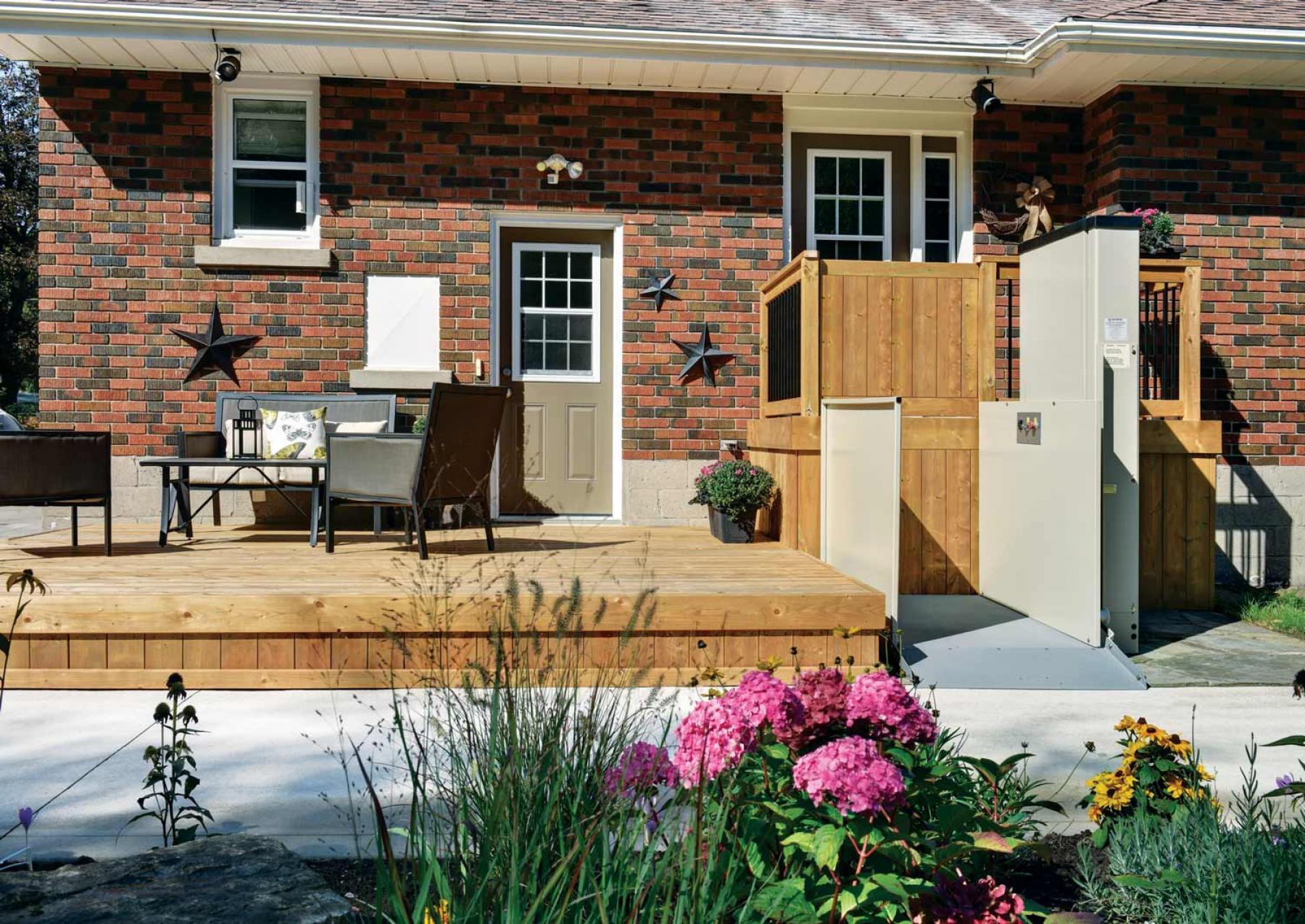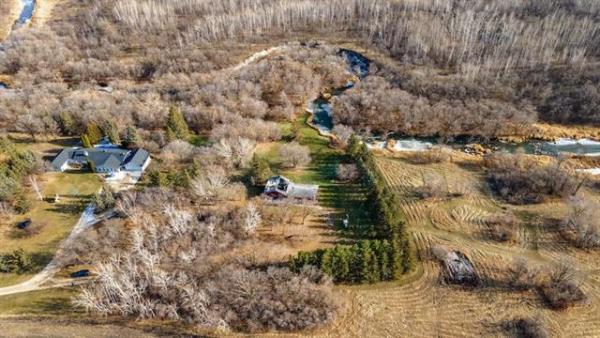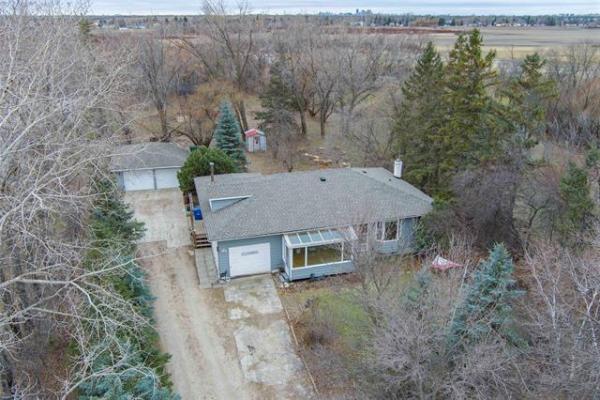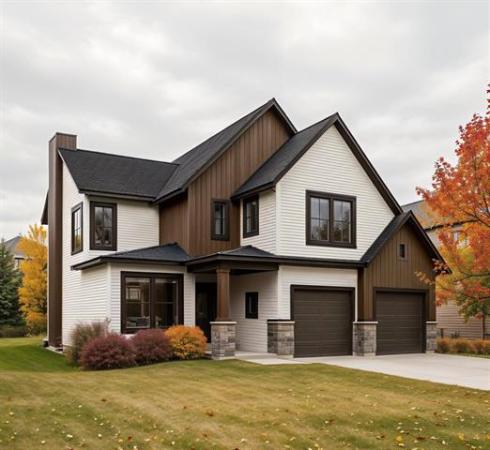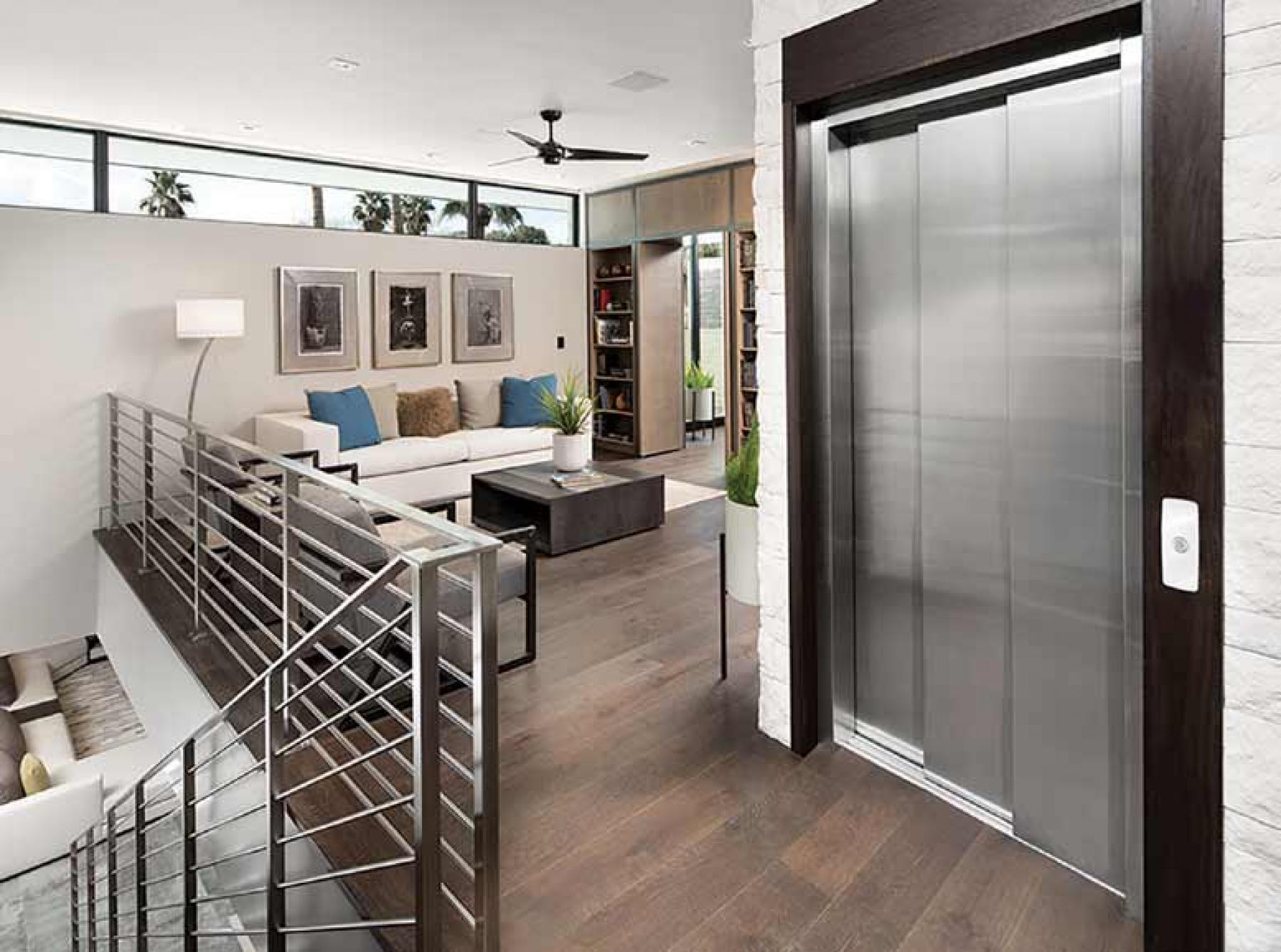
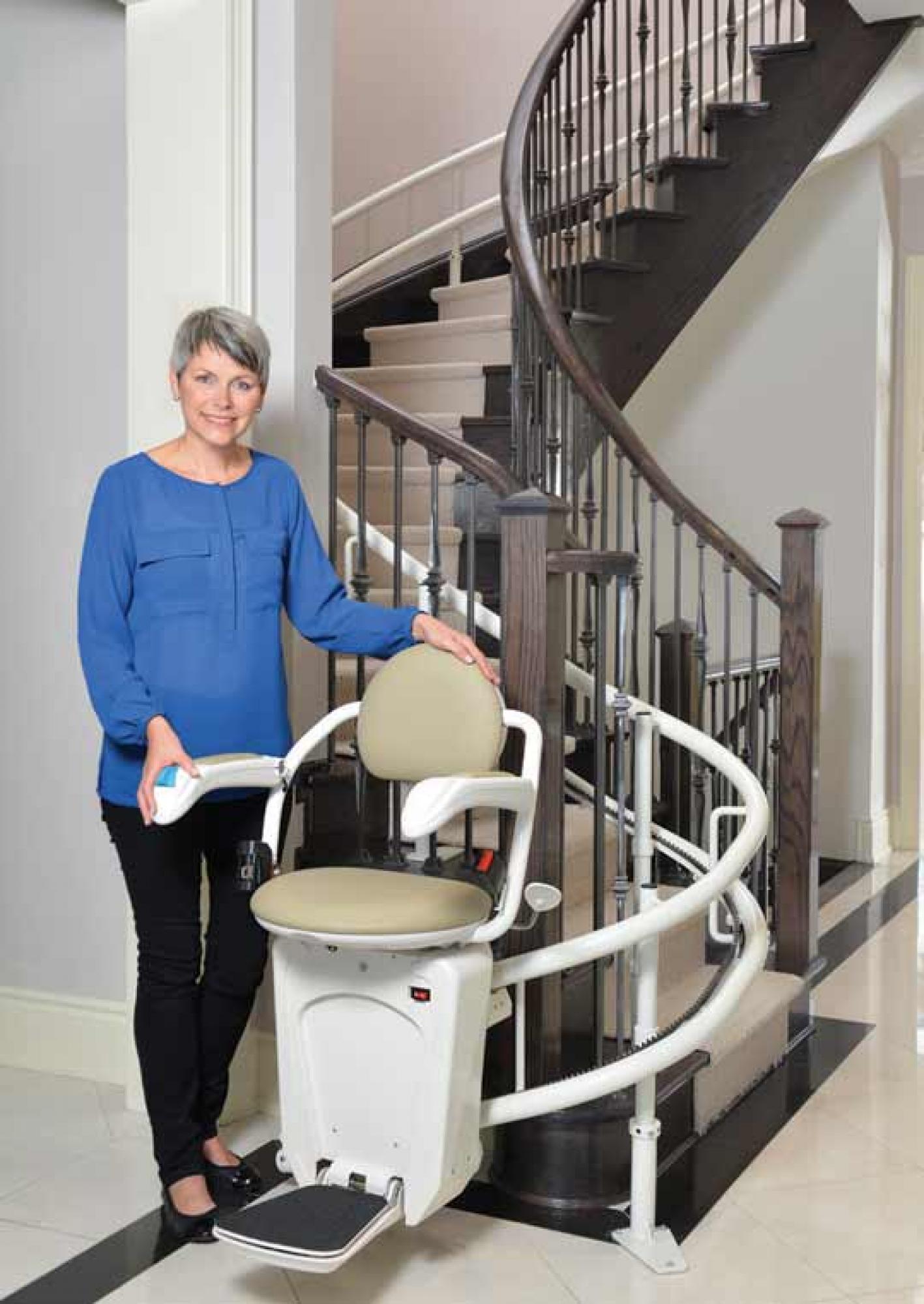
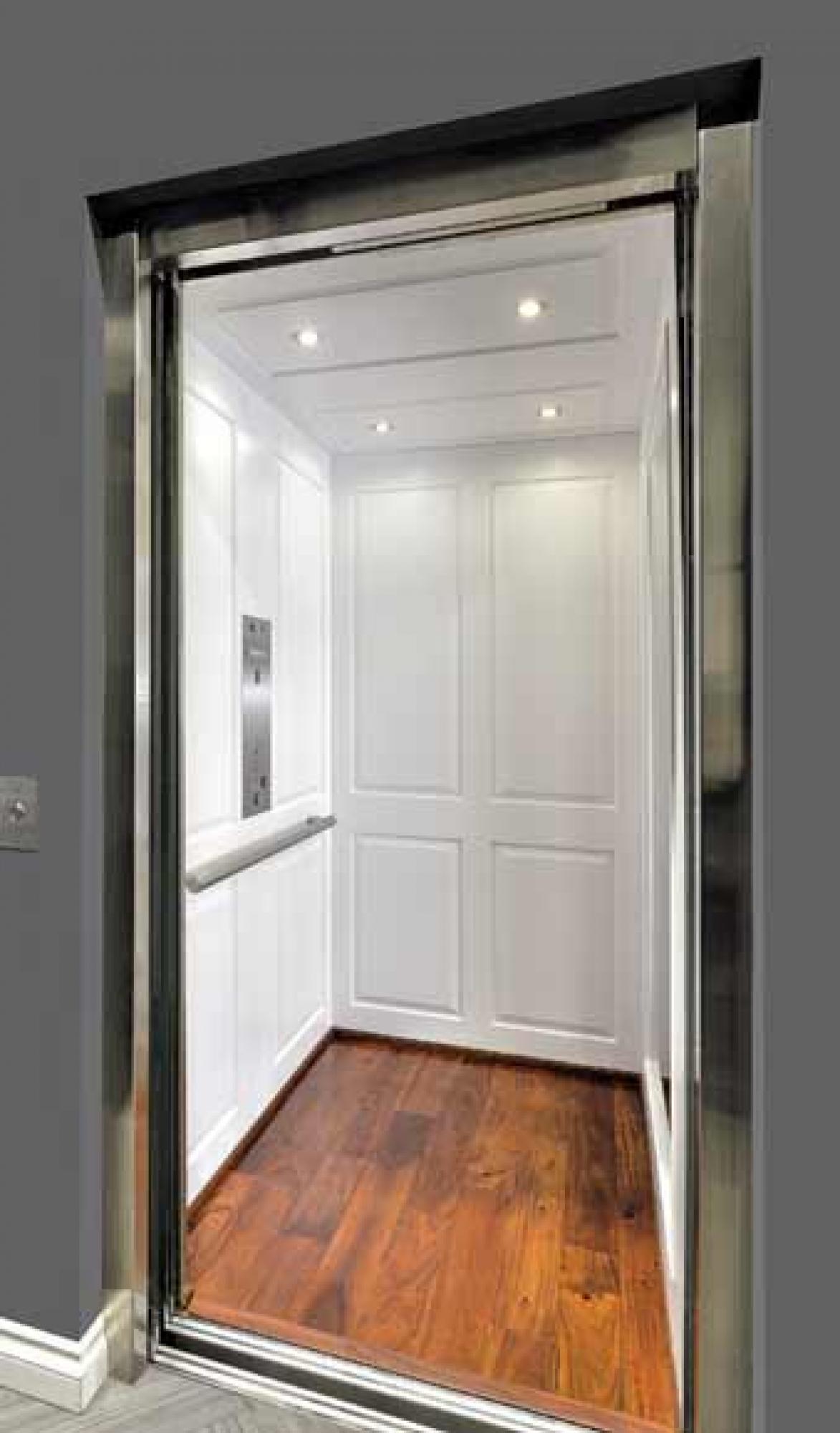
A RECENT SURVEY of urban baby boomers confirmed that most want to live in their current home for as long as possible.
The 2020 Generational Real Estate Trends Report: Aging in Place, conducted on behalf of Mustel Group and Sotheby’s International Realty Canada, highlighted a growing demand to make homes more age-friendly for people aged 65 and up, a group that is expected to represent one in five Canadians by as soon as 2024.
Such news doesn’t come as much of a surprise to David Tweed, owner and general manager of The Access Store, which specializes in products and services designed to make homes and commercial buildings more accessible.
Tweed says the concept of aging in place isn’t new, but it’s become a much higher priority for many people in recent times.
"Aging in place has always been an issue, but in the last several years it’s become more identified and talked about. It’s much more prevalent and everybody is discussing it," says Tweed, who opened his Keewatin Street business more than 20 years ago.
"An older person who is still active and able to be independent wants to stay in their own home. They have no intention of moving unless there’s a serious health issue. What’s happening now is because of more savvy consumers and because of education, people are more aware and starting to look at options on how they can remain in their home longer by making it more accessible."
Tweed says a growing number of people in their 40s and 50s are building their dream home with an eye on the future. While many want to ensure their home is accessible to aging parents right now, they also want it to meet their own needs 20 or 30 years down the road, when they themselves may no longer be as mobile.
One of the most popular and affordable options for making a multiple-storey house more accessible is a stair lift. Chair-style lifts can be mounted on the wall along virtually any staircase for as little as $3,600, including installation. They’re ideal for anyone who is reasonably mobile but has a tough time climbing steps, Tweed says.
For people who use wheelchairs, there’s a range of vertical or elevator-style lifts for everything from traversing outdoor steps on decks or front porches to travelling between floors of a multi-storey residence. Interior home elevators with a cab and automatic doors can range in price between $25,000 and $40,000 installed.
While earlier versions of these elevator lifts left something to be desired esthetically, Tweed says their cabs and floors can now be designed to match the decor of even the most high-end of homes.
If accessing a home’s front entrance is the priority, homeowners may want to consider installing a wooden or pre-fab aluminum ramp. While a pre-fab ramp can cost more ($1,500 to $6,000), Tweed says it can be easily installed over existing steps and quickly removed when it’s no longer required. Temporary ramps are ideal for people who are recovering from hip surgery or individuals returning home for end of life care who are dealing with mobility issues.
When it comes to day-to-day living, two increasingly popular accessibility products are wheel-in showers and personal lifts. Tweed says wheel-in style showers are perfect for people confined to a wheelchair and for whom "a regular tub just doesn’t suffice." Personal lifts connect with a track system installed in a ceiling and make it easier for users to transfer from a bed to a wheelchair or from their wheelchair to a couch or recliner.
While all of these devices come with a price tag, Tweed says a growing number of homeowners are starting to view them as an investment in the future.
"Whereas once there was a stigma attached to installing these kinds of devices in a home, many people now see them as adding value to a home."

